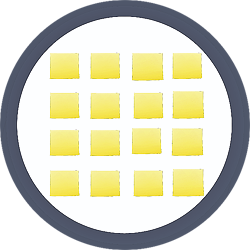Agility has its roots in the Agile Manifesto for Software Development, written in 2001, at Snowbird Ski Resort in Utah. Its authors were seventeen seasoned software developers who had rejected traditional, rigid approaches for managing change, uncertainty and ambiguity in large, complex technology projects.
They’d been experimenting with various “lightweight” methods, like Scrum and Extreme Programming, drawing on Lean manufacturing, Kanban, robotics, and other influences. They gathered at Snowbird because they liked skiing and drinking beer, but also because they were tired of being called “lightweights.” They needed to name their new work.
They might have called it “Adaptive,” but one of them already owned that name. So “Agile” was their second choice. Then a few of them scribbled a these lines, as a digest of one morning’s conversations:
We are uncovering better ways of developing software, by doing it and helping others do it. Through this work we have come to value:
- Individuals and interactions over processes and tools
- Working software over comprehensive documentation
- Customer collaboration over contract negotiations
- Responding to change over following a plan
That is, while there is value in the items on the right, we value the items on the left more.
They did this during a coffee break, if you like, while the others went skiing. When the skiers returned, they quickly added 12 more lines they called “principles.” They called these values and principles the “Manifesto for Agile Software Development.”
The Manifesto asserted the primacy of people, both customers and the developers themselves. It emphasized the value completing small bits of work that really worked, instead of large piles of non-functional specification documents rife with untested assumptions. It advanced collaboration and insisted that plans needed to be light enough to keep pace with real world learning and change. All truly revolutionary ideas at the time, but thousands of developers signed the Manifesto, catalyzing a global movement.

